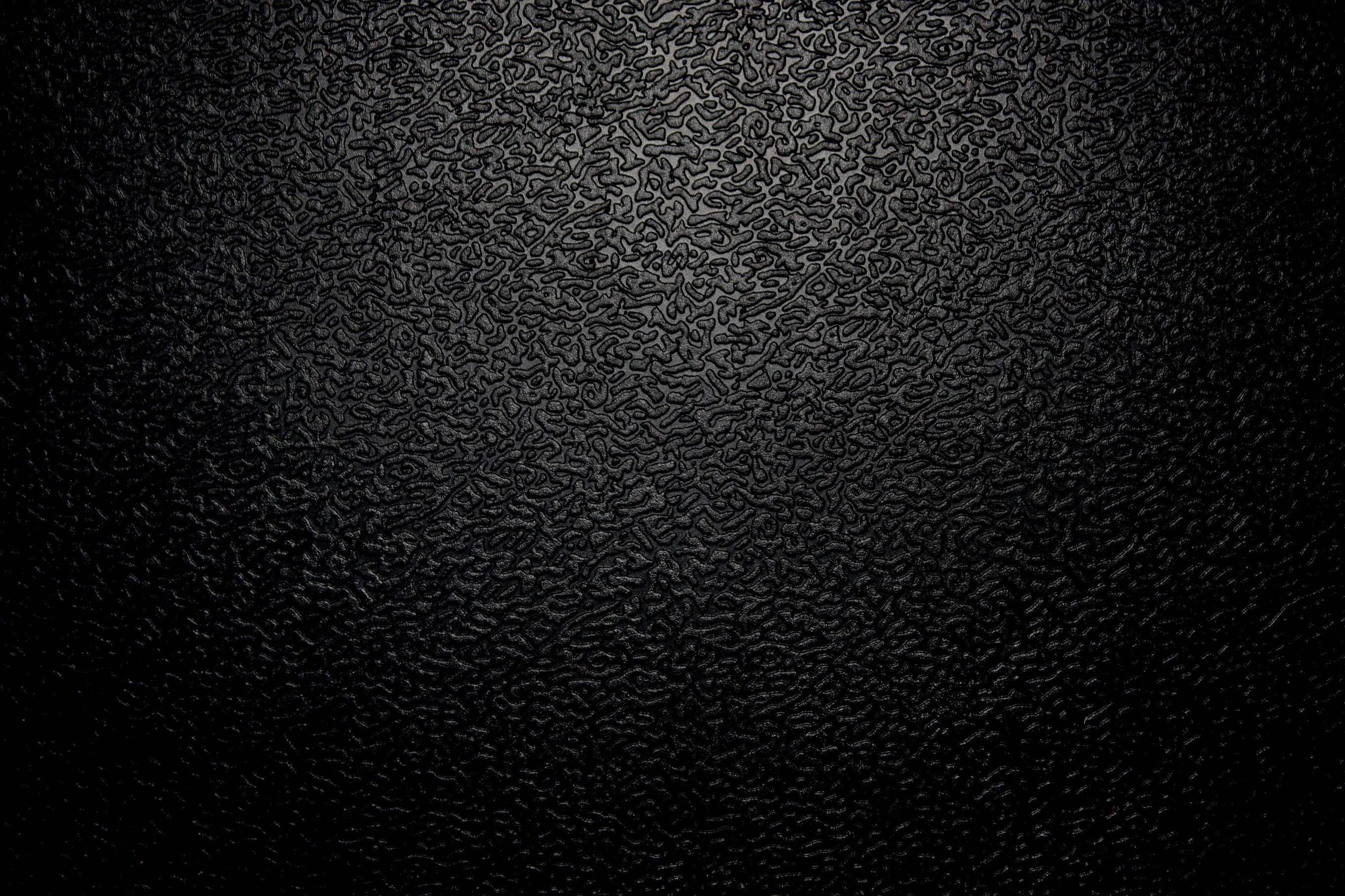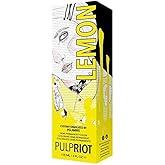Salt and pepper shakers are a staple in kitchens and dining tables around the world. While we often focus on the aesthetics and functionality of the shakers themselves, the choice of plugs is equally important. The right plug can enhance the user experience, maintain freshness, and even contribute to the overall design of the shakers. This guide explores the various types of plugs available, their materials, and the factors to consider when making a selection.
Understanding the Function of Plugs in Salt and Pepper Shakers
Before delving into the specifics of choosing plugs, it’s important to understand their role. The primary functions of plugs in salt and pepper shakers include:
- Preservation: Plugs help maintain the freshness of the spices by minimizing exposure to air and moisture.
- Dispensing: A well-designed plug allows for controlled dispensing of salt or pepper, enhancing the user experience.
- Design Integration: Plugs can either blend in with the shaker design or serve as a decorative element.
Types of Plugs for Salt and Pepper Shakers

When it comes to choosing plugs, several types are available, each with its own strengths and weaknesses. Here are the most common options:
1. Cork Plugs
Cork is a traditional material for plugs, valued for its natural properties.
- Advantages:
- Natural insulation against moisture.
- Biodegradable and environmentally friendly.
- Disadvantages:
- Can degrade over time, especially in humid conditions.
- Not as effective in preventing air ingress as synthetic options.
2. Rubber Plugs

Rubber plugs are popular for their flexibility and resilience.
- Advantages:
- Durable and resistant to wear and tear.
- Effective at sealing, preventing air and moisture from entering.
- Disadvantages:
- Can retain odors from spices over time.
- Not biodegradable, raising environmental concerns.
3. Silicone Plugs

Silicone has gained popularity as a plug material due to its versatility.
- Advantages:
- Non-toxic and food-safe.
- Highly resistant to temperature changes, making them suitable for various environments.
- Available in various colors and designs, enhancing aesthetic appeal.
- Disadvantages:
- Can be more expensive than other materials.
- Some users may find them less ‘traditional’ in appearance.
4. Metal Plugs
Metal plugs, often made from stainless steel or aluminum, offer a modern touch.
- Advantages:
- Highly durable and resistant to corrosion.
- Provide a sleek, contemporary look.
- Disadvantages:
- Can be heavy, affecting the overall weight of the shaker.
- May not provide an airtight seal as effectively as rubber or silicone.
Factors to Consider When Choosing Plugs
Now that we’ve explored the types of plugs available, it’s essential to consider several factors before making a decision:
1. Compatibility with Shaker Design
Ensure that the plug you choose fits seamlessly with the design of your salt and pepper shakers. For example, a cork plug might work well with a rustic ceramic shaker, while a sleek metal plug is better suited for modern glass designs.
2. Ease of Use
Consider how easy it is to remove and replace the plug. A plug that is difficult to handle can lead to frustration during use. Look for plugs that offer a good grip and are easy to clean.
3. Maintenance and Cleaning

The material of the plug will influence how easy it is to maintain. Rubber and silicone can often be wiped clean, while cork may require more careful handling to avoid degradation. Consider your cleaning habits and choose accordingly.
4. Aesthetic Preferences
Your choice of plug should complement the overall aesthetic of your kitchen or dining space. Some may prefer the rustic charm of cork, while others might opt for the sleekness of metal or the colorful options available in silicone.
5. Environmental Impact

With increasing awareness of environmental issues, many consumers are looking for sustainable options. Consider the longevity and biodegradability of the plug material when making your choice. Cork and silicone, for instance, offer different environmental benefits.
Case Studies: Successful Plug Choices
To provide real-world examples, let’s take a look at how different restaurants and homes have successfully chosen plugs for their salt and pepper shakers:
Case Study 1: The Rustic Bistro

A small bistro in the countryside uses handcrafted ceramic salt and pepper shakers with cork plugs. The choice of cork aligns with their rustic theme and helps maintain the freshness of their locally sourced spices. Customers appreciate the natural look and feel of the shakers, which enhances their dining experience.
Case Study 2: The Modern Eatery
A contemporary restaurant known for its innovative cuisine opts for glass shakers with silicone plugs. The silicone plugs come in various colors that match the restaurant’s branding, providing a playful yet functional design. The restaurant staff finds the plugs easy to clean and maintain, making them a practical choice.
Choosing the right plugs for your salt and pepper shakers is an often-overlooked aspect of kitchen design, but it can significantly impact both functionality and aesthetic appeal. By understanding the different types of plugs available and considering factors such as compatibility, ease of use, maintenance, aesthetic preferences, and environmental impact, you can make an informed decision that enhances your culinary experience. Whether you lean towards the traditional charm of cork, the durability of rubber, the versatility of silicone, or the sleekness of metal, the right plug can elevate your salt and pepper shakers from mere kitchen tools to stylish, functional accessories. Make your choice wisely, and enjoy the enhanced flavor and aesthetic that comes with the perfect plug.




